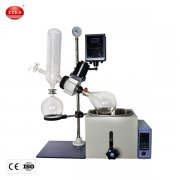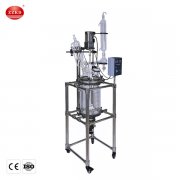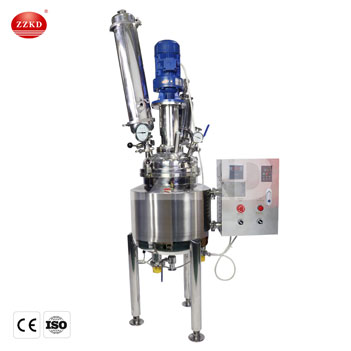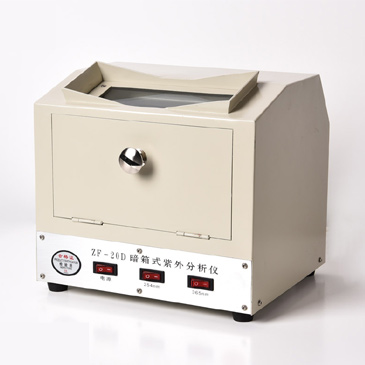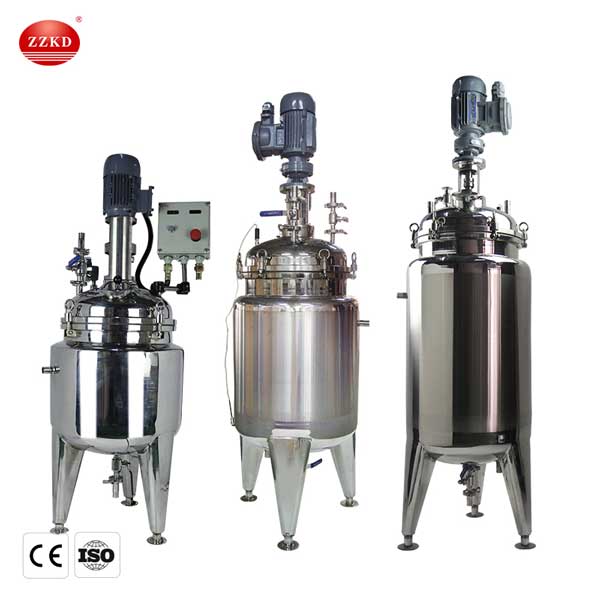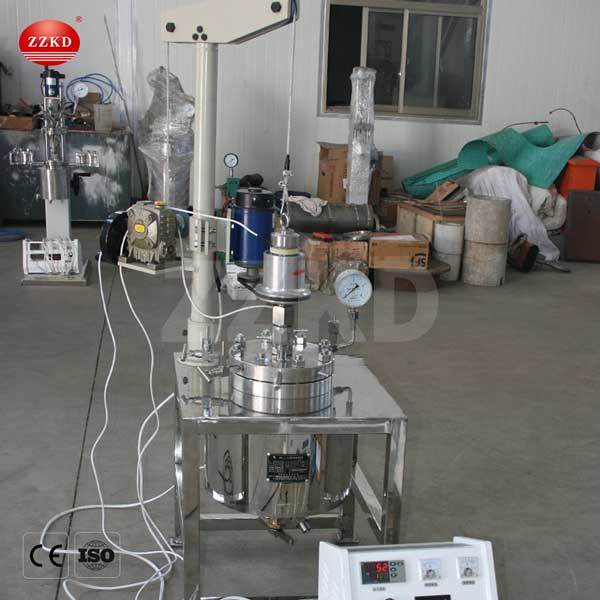Introduction of stainless steel reactor:
Stainless steel reaction kettle is also called stainless steel reaction tank. It consists of kettle body, kettle cover, agitator, heating and cooling jacket, support and transmission device, shaft sealing device, oil spill tank, etc. It is also equipped with electric heating rod, temperature measuring and pressure measuring gauge.
Due to the different production processes and operating conditions of users,stainless stee
high pressure glass reactor kettles generally have anchor type, paddle type, turbine type, pusher type or frame type. The outer wall of the jacket is welded with a support, the support has two types of suspension or support, and the lower part of the pot body is provided with a discharge port. Heat-conducting oil is placed in the jacket of the electric heating stainless steel reactor, which is heated by the electric heating rod. The stainless steel reaction kettle heated by steam is directly charged with steam in the jacket for heating. The
High pressure stirred reactor (autoclave) needs a stable supply of steam heat source, and a boiler is usually added.
Scope of application of stainless steel reactor:
Stainless steel reactors are widely used in reaction, evaporation, synthesis, polymerization, saponification, sulfonation, chlorination, nitration, etc. in chemical, food, paint, hot melt adhesive, silica gel, paint, medicine, and petrochemical production.
Working principle of stainless steel reactor:
Heat-conducting oil is placed in the jacket of the electric heating stainless steel reactor, which is heated by an electric heating rod. The stainless steel reaction kettle using Yan steam as hot is really connected to the jacket and filled with steam for heating: .. The quality of the Yan steam heating reaction kettle must have a stable supply of steam heat source. Synergy plus boiler
Stainless steel reactor features:
1. The stainless steel material has excellent mechanical properties, can withstand high working pressure, and can also withstand the impact of bulk solid materials when feeding.
2. Good heat resistance and wide working temperature range (-196~600 ℃). It will not oxidize and peel at higher temperatures, so it can be used for direct fire heating.
3. It has good corrosion resistance and no rust phenomenon.
4. The heat transfer effect is better than that of the enamel reaction kettle, and the heating and cooling speed are faster.
5. It has good processing performance and can be made into reaction kettles of various shapes and structures according to process requirements. The wall of the kettle can be ground and polished, so that it does not hang with material and is easy to clean.
In terms of comprehensive comparison: the electric heating stainless steel reactor has higher power consumption than the steam heating reactor because of the high power of the electric heating rod, and the heating speed is also slower than that of the steam heating reactor; but the steam heating stainless steel reactor needs to be equipped with a coal-fired boiler, and the basic investment is Slightly larger than the electric heating reactor.
Common Problem:
1. The reason for installing the baffle is to prevent the whirlpool phenomenon.
Effect: When the viscosity of the material is low, the stirring paddle rotates at a high speed, and a tangential flow occurs under the effect of centrifugal force, which can make the liquid thrown around the wall of the kettle, and rise along the periphery of the kettle, and the central liquid level naturally drops, reacting in the stainless steel. A large cavity is formed in the kettle, and we collectively call this phenomenon swirling. The swirling material will rotate closely with the mixing shaft, and a good mixing effect cannot be obtained. If there are multiple solid-liquid phase materials in the mixing, phase-to-phase separation or stratification may occur. When the viscosity of the material is high, a lot of air will be inhaled on the surface of the liquid layer, reducing the apparent density of the liquid, so that the stirring shaft will tremble under different effects of force, and the large reactor may even cause the entire platform to tremble.
2. A static stabilizer needs to be installed
Our daily use of stainless steel reactors requires the installation of anti-static functions, that is, the installation of static stabilizers. After the autoclave passes through the filter, the fluid enters the tank before the static device is installed. Prevent water and autoclave media from being mixed and co-transported, prevent different media from being mixed and co-transported, and prevent liquid media, oil and gas and compressed air from co-transporting. To control the medium injection method, the medium should be injected from the bottom of the storage tank, and the medium should be prevented from being injected from the top of the storage tank as much as possible. The floating roof of the floating roof tank and the tank wall should be bridged; the pipeline and the valve, flow meter, filter, pump, tank should be bridged when using insulating materials or corrosion; control the flow rate of the medium, the higher the flow rate, the easier it is to generate static electricity ; In addition, by adding antistatic additives in the autoclave, the static charge inside the medium can not be accumulated, and it will quickly leak to the ground through the bridge load.
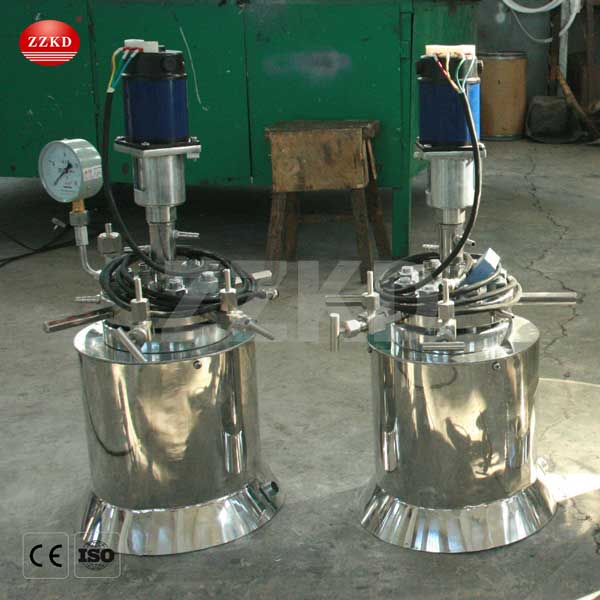
3. Three points for disassembling and assembling high-pressure stainless steel reactor:
The high-pressure stainless steel reaction kettle that has been discharged should be cleaned immediately, and must be unloaded before cleaning. Now let's first understand the three major precautions for the unloading of high-pressure stainless steel reactors.
(1) Fill the reaction solvent into the kettle from the exhaust valve, after cleaning most of the residue, inject water for stirring, about ten minutes, then open the kettle cover and clean the inner wall of the kettle;
(2) When cleaning, it is necessary to clean the kettle cover and sampling valve, and at the same time, when there is water in the kettle, fill it with nitrogen;
(3) For stainless steel reaction kettles that are not used temporarily, it is best to soak the reaction kettle with 70% volume of clean absolute ethanol, so that it can not be tightened.

 Products
Products





